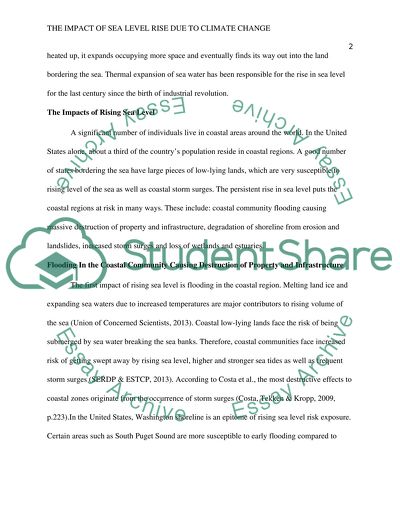Cite this document
(“The Impact of Sea Level Rise Due to Climate Change Research Paper”, n.d.)
Retrieved from https://studentshare.org/environmental-studies/1637919-the-impact-of-sea-level-rise-due-to-climate-change
Retrieved from https://studentshare.org/environmental-studies/1637919-the-impact-of-sea-level-rise-due-to-climate-change
(The Impact of Sea Level Rise Due to Climate Change Research Paper)
https://studentshare.org/environmental-studies/1637919-the-impact-of-sea-level-rise-due-to-climate-change.
https://studentshare.org/environmental-studies/1637919-the-impact-of-sea-level-rise-due-to-climate-change.
“The Impact of Sea Level Rise Due to Climate Change Research Paper”, n.d. https://studentshare.org/environmental-studies/1637919-the-impact-of-sea-level-rise-due-to-climate-change.


